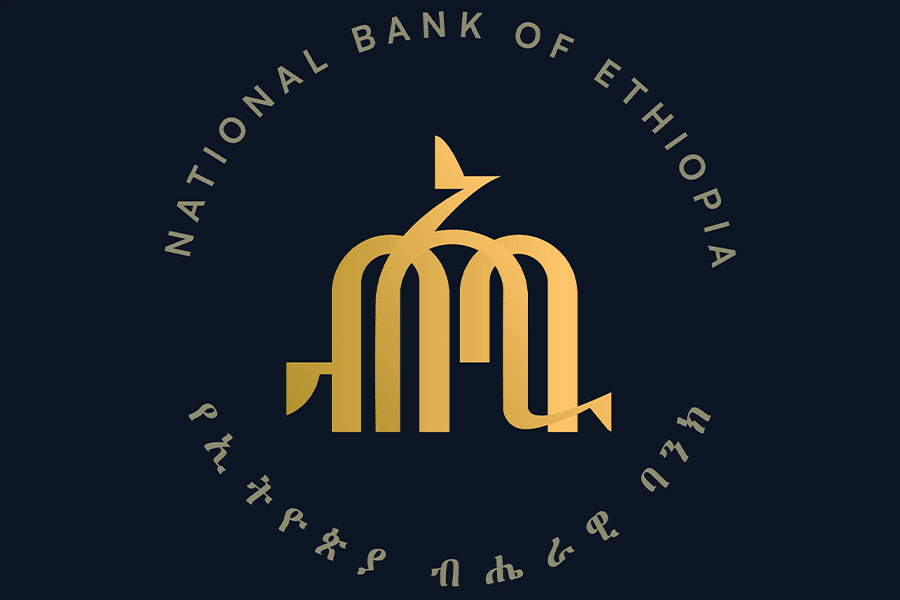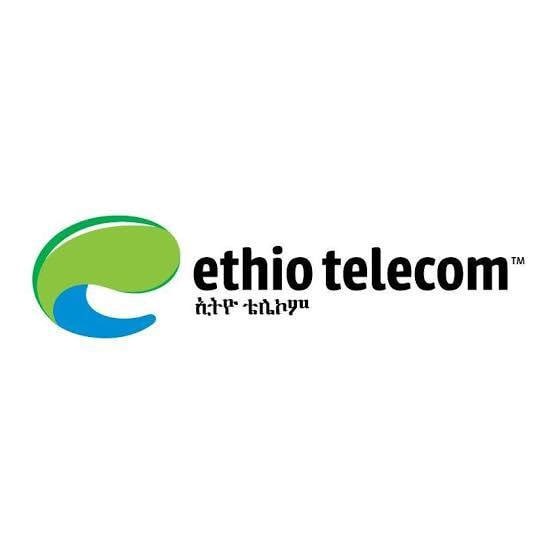
Sep 19 , 2020
By HAGOS GEBREAMLAK ( FORTUNE STAFF WRITER )
The government is set to build the nation's 21st agricultural research centre in Southern Wollo Zone, Amhara Regional State. The centre, which will be used for developing, adapting and promoting agricultural technologies, benefiting 2.5 million farmers in sheep husbandry.
The Ethiopian Institute of Agricultural Research will cover the cost of the centre that will be built in the area, which is prone to high soil erosion and characterised by recurrent drought. Southern Wollo is also known for mountainous terrain and frost and is disadvantaged from the agricultural sector due to natural factors and lower adoption of agricultural technologies.
The Amhara Agricultural Research Institute noticed the need for the centre, but since it cannot build it by itself, it solicited support from the federal government, according to Tilaye Teklewold (PhD), director-general of the regional Institute.
"The research centre can significantly contribute to the improvement of the livelihoods of the farmers by improving agricultural production and increasing crop and livestock productivity," said Tilaye.
Last week, the two institutes established a team to conduct feasibility and technical studies. Once the studies are concluded, the location will be selected and the design of the centre will follow, according to Tilaye, who added that the construction will commence during the next fiscal year.
However, the centre will start operations after two months in a temporary location. The federal Institute, which established two new agricultural research centres in Welqite and Debre Marqos and re-established Abobo Research Centre in Gambela Regional State last year, has availed 20 million Br to operationalise the centre at the temporary compound prepared by the regional research Institute.
Along with this centre, the regional Institute has requested the government build three research hubs in East Gojjam, Northern Gonder and Southern Wollo. The construction of a centre in Debre Marqos was already concluded last year, while the one in Southern Wollo is expected to commence this coming fiscal year.
Since the country and the Regional State have diverse ecologies, the varieties and agricultural technologies developed and adopted in other areas are not easily adaptive to another area with different ecological attributes. Agriculture contributes 33.3pc to the GDP and about 80pc of the population depends on agricultural.
This necessitated the presence of many agricultural research and development centres in different areas of the Regional State, according to Tilaye.
"The Regional State needs many research centres to produce different technologies friendly to different ecologies," said Tilaye.
Last year, the regional research institute, which oversees seven research centres, five sub-centres, and more than 41 trial sites, developed a sheep breed adaptive to Southern Wollo. The new breed was made after crossing the local indigenous breed with Awassi sheep, an Israeli sheep variety.
Sheep of this variety gain 30kg of weight within a year and can withstand many animal diseases, according to Tilaye.
Since the area is a highland and has moderate weather conditions, it is capable of producing and exporting wool textile fibre from sheep, according to Habtamu Zeleke (PhD), professor of Plant Science at Haramaya University.
"But genetic potential improvement shouldn't be the only task of such institutions," Habtamu said. "They should train and avail to farmers advanced farming technologies and techniques, agrochemical inputs, irrigation and commercial farming."
Establishing agricultural centres at the government's initiative is vital to the sector as the private sector is quite non-existent in terms of agricultural research and developments, according to Habtamu. He also believes that the supply of improved seeds has been showing improvements and the country currently needs to work on adopting advanced agricultural technologies.
Even though agricultural research was started after the establishment of the Ambo and Jimma Colleges of Agriculture in 1947 and the Imperial College of Agriculture & Mechanical Arts, aka Haremaya University, in 1953, agricultural research and development are at the rudimentary stage. Currently, there are 70 national and local research sites that are under the federal institute and regional administrations.
PUBLISHED ON
Sep 19,2020 [ VOL
21 , NO
1064]

My Opinion | Jun 14,2025

Fortune News | Jul 18,2020

Life Matters | Sep 20,2025

Radar | Jan 25,2020

Fortune News | Apr 22,2022

Fortune News | Sep 27,2025

Fortune News | Oct 24,2020

Radar | Oct 22,2022

Radar | Jun 15,2019

Radar | Jun 15,2024

Dec 22 , 2024 . By TIZITA SHEWAFERAW
Charged with transforming colossal state-owned enterprises into modern and competitiv...

Aug 18 , 2024 . By AKSAH ITALO
Although predictable Yonas Zerihun's job in the ride-hailing service is not immune to...

Jul 28 , 2024 . By TIZITA SHEWAFERAW
Unhabitual, perhaps too many, Samuel Gebreyohannes, 38, used to occasionally enjoy a couple of beers at breakfast. However, he recently swit...

Jul 13 , 2024 . By AKSAH ITALO
Investors who rely on tractors, trucks, and field vehicles for commuting, transporting commodities, and f...

Nov 1 , 2025
The National Bank of Ethiopia (NBE) issued a statement two weeks ago that appeared to...

Oct 25 , 2025
The regulatory machinery is on overdrive. In only two years, no fewer than 35 new pro...

Oct 18 , 2025
The political establishment, notably the ruling party and its top brass, has become p...

Oct 11 , 2025
Ladislas Farago, a roving Associated Press (AP) correspondent, arrived in Ethiopia in...